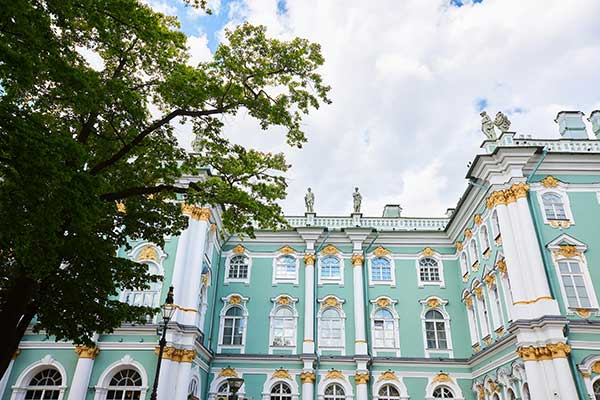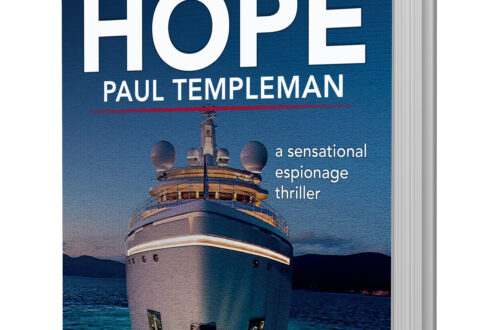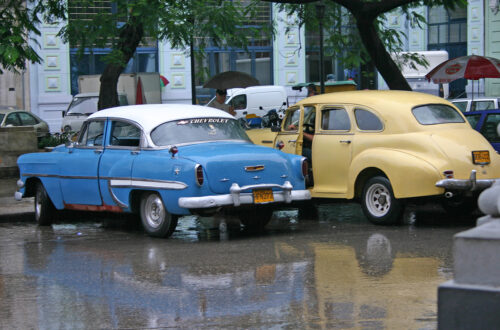Squirreled away in the secret vaults or ‘Спецхран’ of the Hermitage Museum in St Petersburg and the Pushkin Museum in Moscow are treasures and artefacts that have been lost to the public since 1945. They are works of art firstly looted by the Nazis and then by the Red Army—two and a half million art objects in all. Some were returned to Germany by Khrushchev in the 1950’s, but much of it was stolen or simply forgotten.
The Nazis had buried their booty in mineshafts and armoured towers in secret locations all over Germany for the duration of the war. A special battalion called the Reichsleiter Rosenberg Taskforce—the ERR—was formed to plunder the museums and art galleries of occupied territory.
In 1945 the Soviets set up a Trophy Division to hunt down the lost treasures and to confiscate them. It was a plan that the Soviet government had had in place since 1943, in reparation for what the Nazis had done to their country.
This is the subject of an excellent non-fiction book called ‘Stolen Treasure’ by Konstantin Akinsha and Grigorii Kozlov. Unfortunately it’s out of print at this time – if you can find a copy it is an excellent read. That book led me to consider who would notice if those treasures were stolen again – and inspired me to write my latest book The Marmaris Trail which I hope will be published soon.







Interesting commentary – I became interested in ‘looted art’ when I saw the dreadful film ‘The Monument Men’ – inspired me to visit Ghent to view ‘The Adoration of the Mystic Lamb’ by the Van Eyck brothers. Looking out for the ‘Stolen Treasure’ book, but no luck so far. Good luck with ‘The Marmaris Trail’ I’m sure it will be a best seller.